Filter by
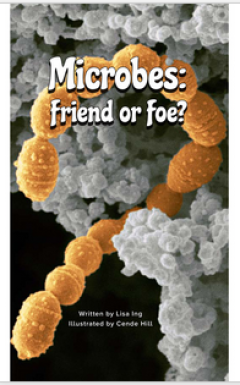
MIcrobes: Friend or Foe?
Microbes: Friend or Foe? is an informational book that gives readers a close look at microbes-including bacteria, viruses, fungi, and protozoa. The book provides examples of how microbes are both helpful and harmful. It explains how they are spread and how bad microbes are fought using vaccines and antibiotics. Photographs, a map, and a chart support the text.
- Edition
- ed. I
- Series Title
- LEVELLED BOOK . Z
- Call Number
- 579.3 LIS m
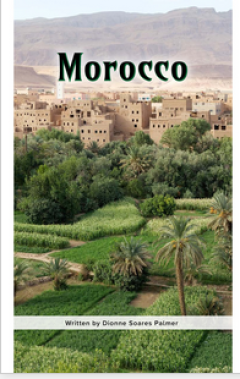
Morocco
Filled with mountains, deserts, and beaches, Morocco is a land with an ancient history. Students will enjoy learning about Morocco's amazing food, culture, animals, and all this northern African country has to offer.
- Edition
- ed. I
- Series Title
- LEVELLED BOOK . Z
- Call Number
- 962.4 DIO m
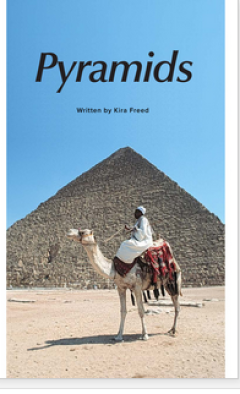
Pyramids
Pyramids explains why, how, and by whom the Egyptian pyramids were built. It also explains how bodies were prepared for burial inside the pyramids. The book discusses the importance of studying the pyramids as a way of learning about ancient Egyptians and their culture. Pyramids built by other cultures, such as the Aztecs and the Mayans, are also discussed. Illustrations and photographs enhance…
- Edition
- ed. I
- Series Title
- LEVELLED BOOK . Z
- Call Number
- 916.2 KIR p
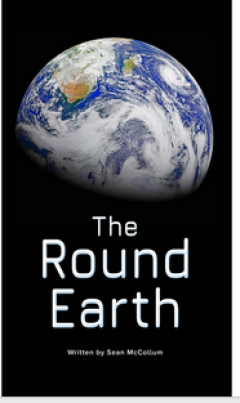
The Round Earth
The Round Earth is an informative book that presents proof that Earth is round by using the scientific method. Students will have the opportunity to learn about early observations by Greek philosophers, such as Aristotle and Eratosthenes, as well as practical proof from the modern age. The book can also be used to teach students how to determine main idea and details and the various uses of par…
- Edition
- ed. I
- Series Title
- LEVELLED BOOK . Z
- Call Number
- 500.420 SEA t
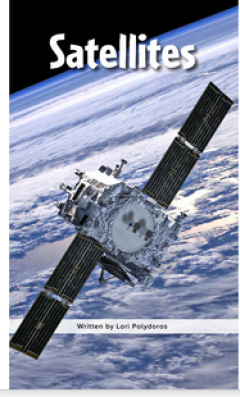
Satellites
Satellites informs the reader in detail about various artificial satellites and provides some of the history of these satellites. The book also describes how we use satellites in our lives today and the ways satellites may be used in our future. Readers learn even more as they view the exceptional photographs.
- Edition
- ed. I
- Series Title
- LEVELLED BOOK . Z
- Call Number
- 621.3825 LOR s
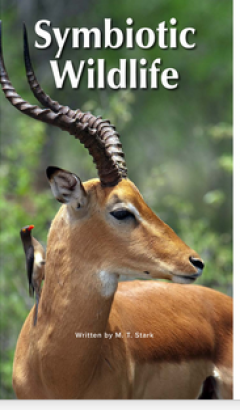
Symbiotic Wildlife
The natural world is full of complex relationships among different kinds of organisms. Symbiotic Wildlife is a nonfiction informational book that looks at how different species interact in ways that benefit each other. The book can also be used to teach students how to compare and contrast information and the proper use of commas in a series.
- Edition
- ed. I
- Series Title
- LEVELLED BOOK . Z
- Call Number
- 578.012 M.s
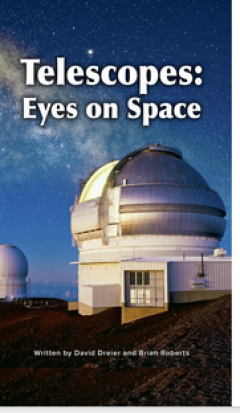
Telescopes: Eyes on Space
Telescopes: Eyes on Space explains the history of telescopes, how they work, and how scientists and others use them to study distant objects in space. Readers also learn about advancements that astronomers and other scientists are working toward achieving.
- Edition
- ed. I
- Series Title
- LEVELLED BOOK . Z
- Call Number
- 522.19 DAV t
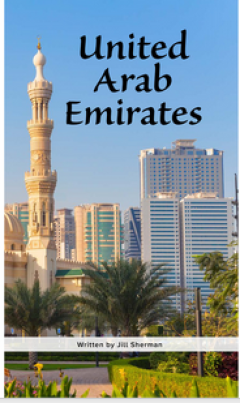
United Arab Emirates
Explore this fascinating Middle Eastern country with your students as they learn about United Arab Emirates' people, land, history, and significant landmarks.
- Edition
- ed. I
- Series Title
- LEVELLED BOOK . Z
- Call Number
- 010 JIL u
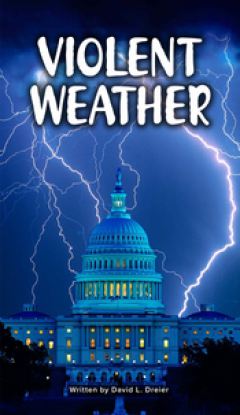
Violent Weather
Sometimes the weather can become more than dramatic and develop into something downright dangerous and destructive. Violent Weather details the science behind thunderstorms, tornadoes, and hurricanes and documents their tremendous impact on people and on the land. This book can be used to teach students how to identify cause-and-effect relationships as well as to identify and use closed compoun…
- Edition
- ed. I
- Series Title
- LEVELLED BOOK . Z
- Call Number
- 551.6 DAV v
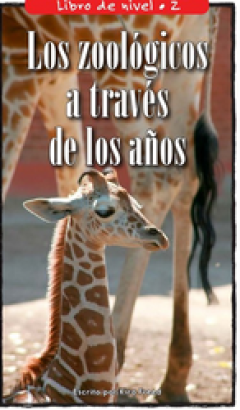
Zoos Through the Ages
The idea of people keeping wild animals in captivity has been around for centuries. However, the reason for doing so has shifted over time. Read this fascinating account of how zoos began in ancient times, how they have changed over time, and how modern zoos are working diligently to save endangered species.
- Edition
- ed. I
- Series Title
- LEVELLED BOOK . Z
- Call Number
- KIR z
 Computer Science, Information & General Works
Computer Science, Information & General Works  Philosophy & Psychology
Philosophy & Psychology  Religion
Religion  Social Sciences
Social Sciences  Language
Language  Pure Science
Pure Science  Applied Sciences
Applied Sciences  Art & Recreation
Art & Recreation  Literature
Literature  History & Geography
History & Geography